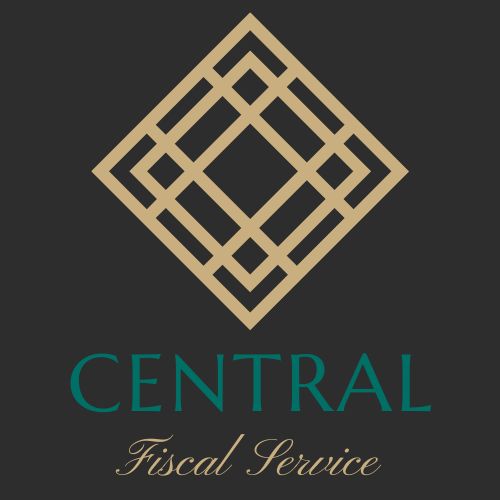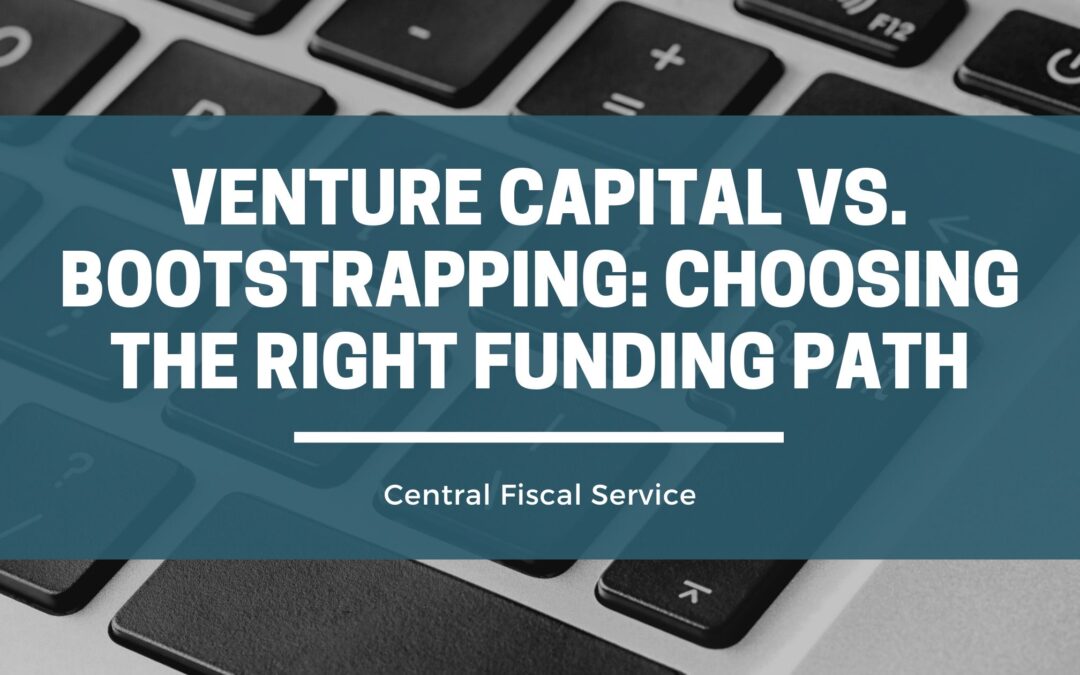When starting or growing a business, one of the most critical decisions entrepreneurs face is how to fund their venture. Two common paths for obtaining capital are venture capital (VC) funding and bootstrapping. Each approach has advantages and disadvantages, and choosing the right funding path depends on various factors, including the business’s goals, industry, and growth strategy.
Venture Capital (VC) Funding:
Venture capital involves raising capital from outside investors, typically venture capitalists, in exchange for equity in the company. VC funding is popular for startups with high growth potential and ambitious expansion plans.
Pros of VC Funding:
Access to Substantial Capital: Venture capitalists can provide significant capital injections, allowing startups to scale quickly and pursue aggressive growth strategies.
Expertise and Mentorship: VC firms often bring valuable industry expertise and connections, providing startups with guidance and mentorship.
Validation: Securing VC funding can validate the viability and potential of a business idea, making it easier to attract customers, partners, and additional investors.
Network Expansion: VC firms often have extensive networks that can help startups forge valuable partnerships and collaborations.
Cons of VC Funding:
Loss of Control: Accepting venture capital means giving up a portion of ownership and, in many cases, some control over the company’s decisions.
High Expectations: VC investors expect substantial returns on their investment, putting pressure on startups to achieve rapid growth and profitability.
Exit Pressure: VCs typically expect an exit event, such as an IPO or acquisition, within a few years. This can lead to short-term thinking and may not align with the founder’s long-term vision.
Competitive Pitching: Securing VC funding can be highly competitive, and not all startups will succeed in attracting investment.
Bootstrapping:
Bootstrapping, conversely, involves self-funding the business or relying on revenue generated by the company to finance its growth. Bootstrapping is a common choice for businesses that want to maintain control, minimize external debt, and grow sustainably.
Pros of Bootstrapping:
Control and Independence: Bootstrapping allows founders to retain complete control over their business and make decisions without external pressure.
No Equity Dilution: Bootstrapping doesn’t require giving up equity to investors, preserving the founder’s ownership stake.
Sustainable Growth: Bootstrapped businesses focus on profitability from the outset, which can lead to sustainable and steady growth.
Stress on Resource Efficiency: Bootstrapped startups often emphasize resource efficiency, leading to innovative solutions and lean business models.
Choosing the Right Path:
The decision between venture capital and bootstrapping should be based on thoroughly evaluating your business’s unique circumstances and goals.
Growth Ambitions: How ambitious are your growth plans? Are you aiming for rapid market domination or steady, sustainable growth?
Risk Tolerance: Are you comfortable with the potential loss of control and the high expectations associated with VC funding, or do you prefer a more measured and independent approach?
Exit Strategy: Consider your long-term vision for the company. Bootstrapping may be more suitable if you aim to build a business that you’ll run for years to come. If your goal is to build and exit quickly, VC funding might be a better fit.

